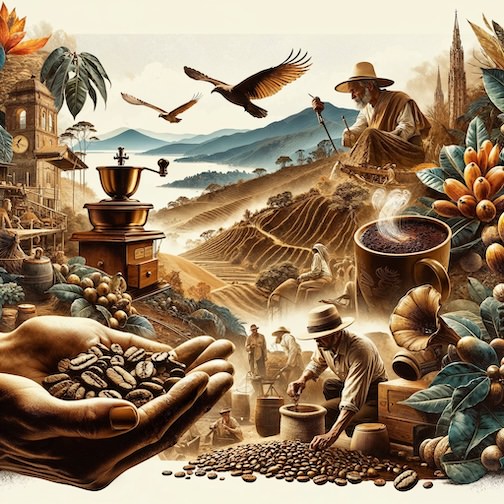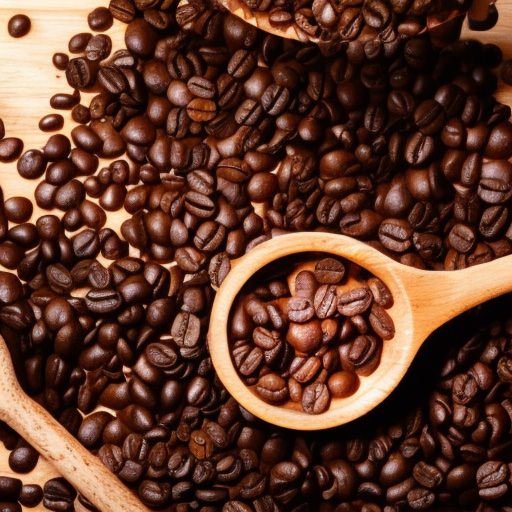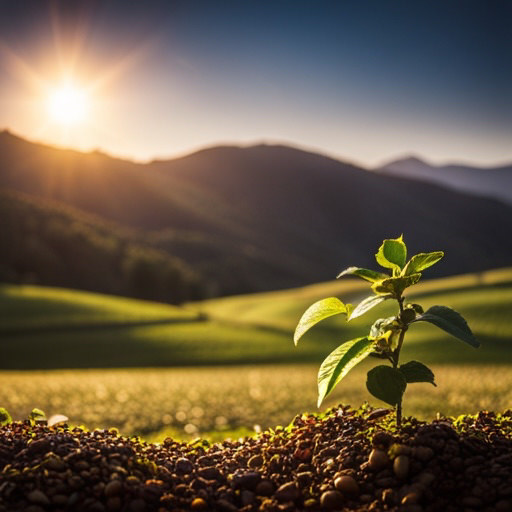The world of luxury designer coffee beans is deeply rooted in the concept of sourcing and single-origin significance, where the journey of every bean tells a story of its origin. These premium beans are often sourced from exotic locations around the globe, renowned for their ideal coffee-growing conditions.
These conditions include factors like rich volcanic soil, specific altitudes, and favorable climates, all of which contribute to the unique flavor profiles of the beans. For instance, the Blue Mountains of Jamaica, known for their mist-covered peaks, offer an environment that yields coffee beans with a distinct mild flavor and a lack of bitterness. Similarly, the highlands of Ethiopia, often regarded as the birthplace of coffee, provide beans with rich, complex flavors, reflecting the diverse ecosystem of the region. Meanwhile, the slopes of the Andes in Colombia are celebrated for producing beans with a perfect balance of acidity and sweetness, a testament to the lush, mountainous terrain.
Single-origin coffee beans elevate this concept further by focusing on a specific region or even a single farm. This level of specificity ensures that each cup of coffee reflects the distinct taste of its origin. The soil composition, climate, and cultivation methods unique to each area leave an indelible mark on the beans, offering a flavor that is not just unique but also tells a story of its journey from a particular corner of the world. This focus on single-origin beans allows connoisseurs to experience and appreciate the diverse flavors that different regions and even different farms can produce. It’s a celebration of the local environment and the careful, often traditional, farming practices that go into producing each bean. In essence, every sip offers an intimate connection to the place and people behind the coffee, creating a rich, sensory experience that extends beyond the mere taste.
In the realm of luxury coffee, the artisanal processing and roasting of beans play a pivotal role in defining their quality and flavor. The process starts with the meticulous selection of beans, often hand-picked at peak ripeness to ensure the highest quality. The chosen processing method, whether it be washed, natural, or honey, further influences the flavor profile of the beans, adding layers of complexity to the final product. This attention to detail in the processing stage sets the foundation for the unique characteristics of each bean.
Following this, the beans undergo specialized roasting, a critical step where skilled artisans apply their expertise to bring out the best in each bean. This is not a one-size-fits-all approach; instead, roasters adjust roasting time and temperature to enhance the inherent qualities of the beans. The goal is to highlight specific flavor notes, whether it’s to bring out a bright acidity, a rich body, or a delicate aroma, tailoring the roasting process to each batch of beans.
The result of this processing and roasting is a range of unique and complex flavor profiles in luxury coffee beans. These beans can exhibit an array of flavors, from bright and fruity to deep and earthy tones. The specific flavor of each bean is a reflection of its origin, variety, and the meticulous methods used in its processing. Many of these luxury beans are graded as ‘specialty’ by organizations like the Specialty Coffee Association, a testament to their exceptional quality. This specialty grading is based on a rigorous evaluation process, with beans needing to score above 80 out of 100 on various quality factors to earn this designation.
Complementing the quality of the beans is their packaging and presentation. Luxury coffee beans are often presented in sophisticated packaging, which serves a dual purpose. Not only does it preserve the quality and freshness of the beans, but it also enhances their appeal as a premium product. The branding of these coffees often tells a story, creating a connection between the consumer and the bean’s journey. This narrative encompasses the origin of the beans, the dedication of the farmers, and the unique path the beans have taken from crop to cup, adding an emotional and experiential dimension to the enjoyment of the coffee.
A few examples:
- Jamaica Blue Mountain Coffee: Known for its mild flavor and lack of bitterness.
- Hawaiian Kona Coffee: Grown on the slopes of Mauna Loa in Hawaii, renowned for its rich flavor.
- Stumptown Coffee Roasters: Offers a range of high-quality single-origin coffees and unique blends.
- La Colombe: Known for their distinct and high-quality coffee offerings.
Please note that if you purchase from clicking on the link, some will result in my getting a tiny bit of that sale to help keep this site going. If you enjoy my work, perhaps you would consider donating to my daily cup of coffee, thank you.




